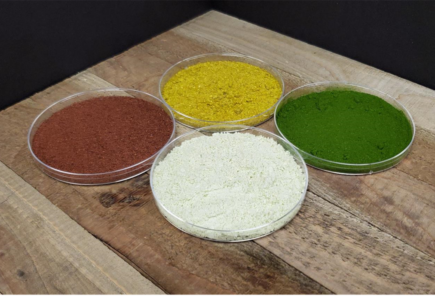
BREAKING: Asian Plant-Based Meat Co. Secures Industry’s Largest Seed Funding Round Ever
In the race to capture the future of food, 2.0-level plant-based brands in Asia aren’t simply keeping up—they’re taking the lead.

In the race to capture the future of food, 2.0-level plant-based brands in Asia aren’t simply keeping up—they’re taking the lead.

It's the first time anywhere in the world that multiple food industry leaders have joined forces on a facility dedicated specifically to alt protein.

The move marks the first time a major quick-service restaurant has swapped an animal-based product with a plant-based one across multiple regular menu offerings.

Alt proteins are well-positioned to skyrocket in China as we head into 2021. The only question is, who will get in early enough to seize the moment?

The world’s first commercial sale of cultivated chicken has been announced. A restaurant in Singapore will begin serving it this Saturday!

After reading the report’s illuminating conclusions, visionaries from throughout East and Southeast Asia may find themselves asking “Am I sitting on a gold mine and just need to start digging?”

Find out how Triton Algae Innovations is ushering in the algae-based alternative protein movement in Asia and beyond with its novel algae ingredients.

The plant-based meat market has begun to sizzle in China and there are tons of untapped opportunities for both traditional businesses and new entrants.

Japan is considering developing a regulatory framework to properly shape the cultivated meat market while ensuring the food security and consumer acceptance.

We’re taking a deep dive into an aspect of the plant-based food space that, despite being right under our nose, often gets overlooked—their aroma!